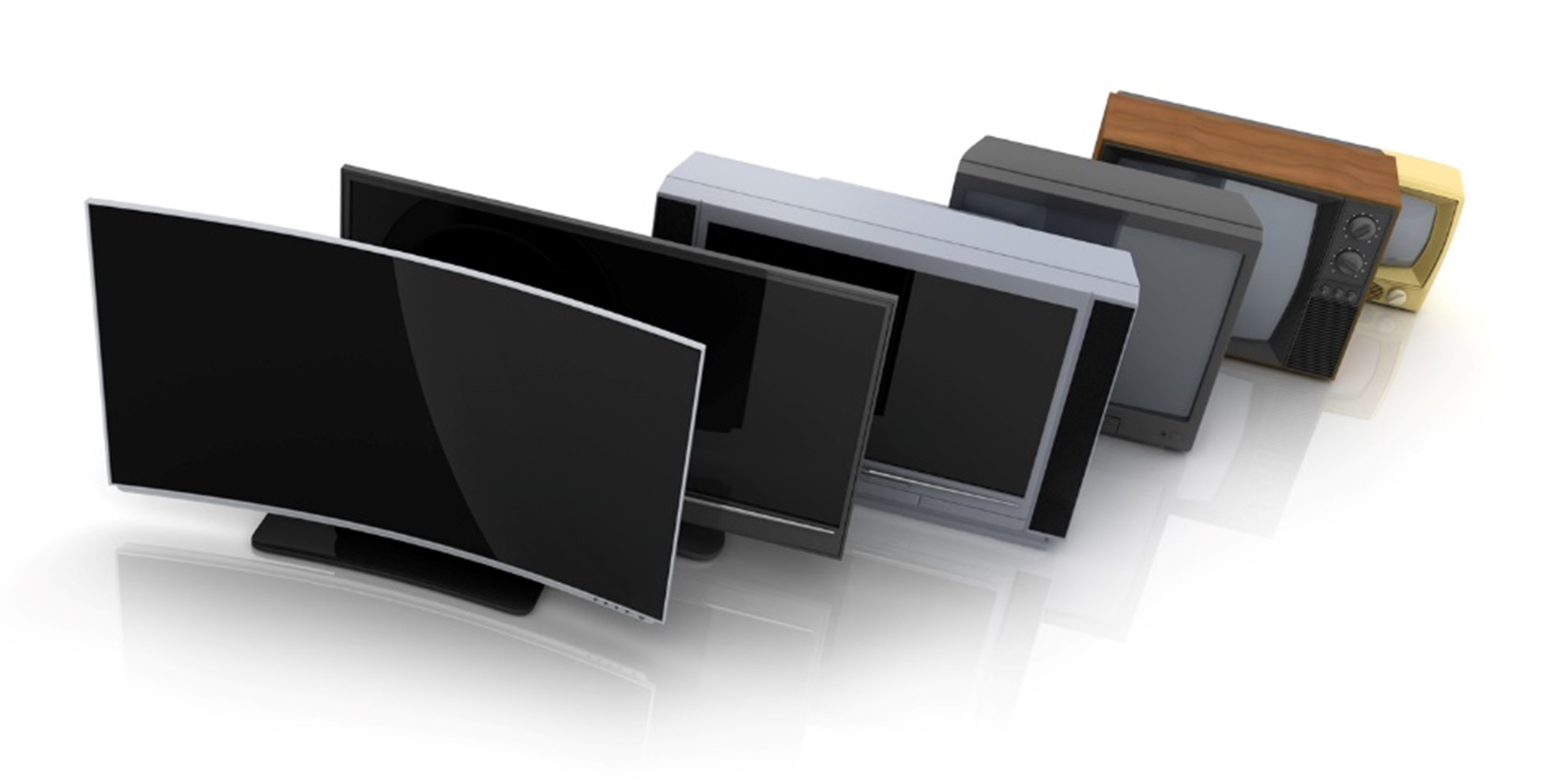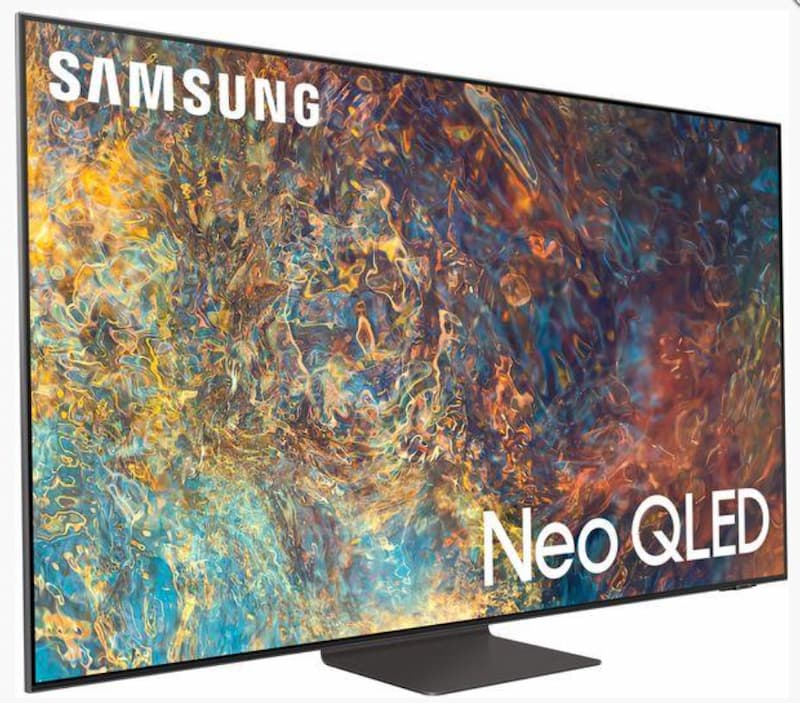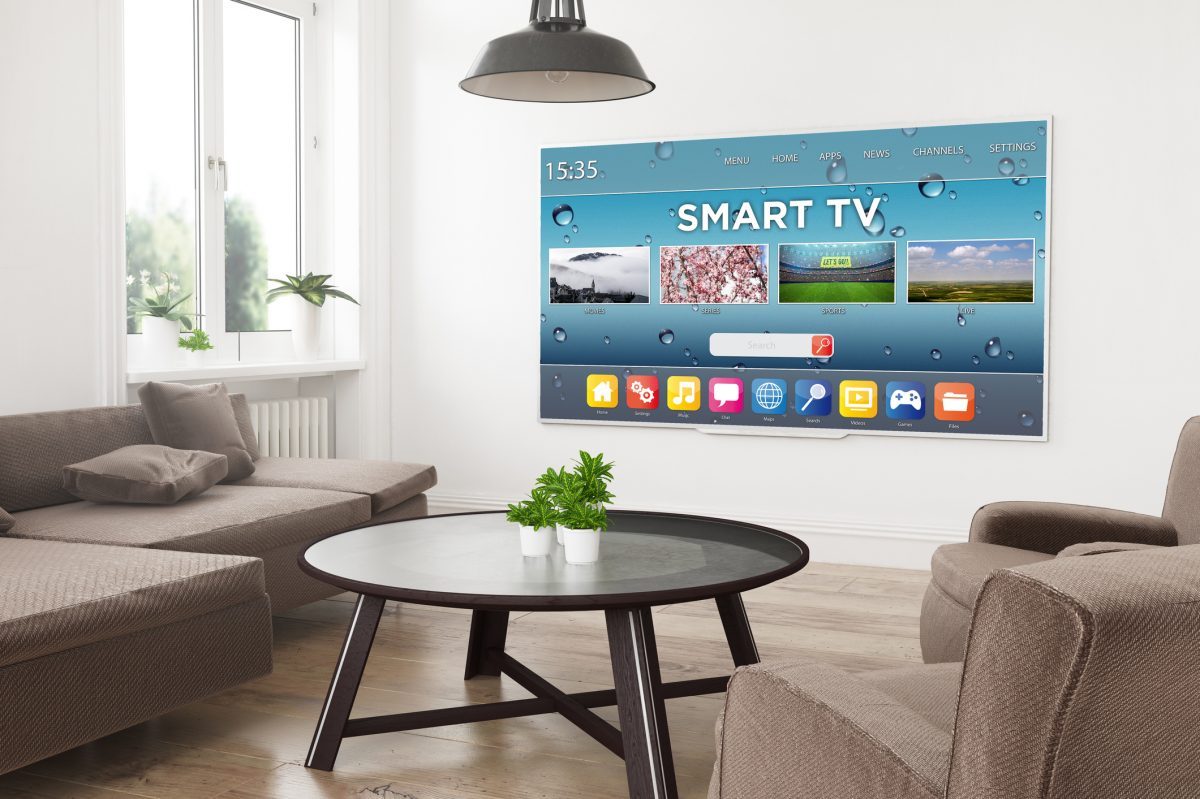First produced in the 1990’s, sales of LCD TVs surpassed those of CRT-based products in 2007. Since then, technological advances in our viewing experience have snowballed as the ever-evolving television market continues to progress. Manufacturers claim that the use of LED backlighting has brought us to the next level in the struggle to achieve that ultimate cinematic experience. But is it merely another marketing ploy to compel consumers to part with hard earned cash? What is an LED TV, and how does it compare to the LCD?
LED TV is really a misnomer, as it’s actually simply an LCD television which employs light emitting diode (LED) lights for back lighting instead of the standard fluorescent CFL lighting used for LCDs. This backlighting comes in two main types; edge, and local dimming. It comes as no surprise that the edge lighting has LEDs around the edge of the screen, allowing for exceptionally thin construction as slim as one inch! The local dimming backlighting lowers the amount of lighting in dark areas whilst raising it in the bright areas, giving a greater dynamic contrast and creating an image more vibrant than the standard LCD screen.
The LED TV can also use up to 40% less energy than the LCD, and has less impact on the environment during its fabrication. Of course, all of this comes at a cost. Although there are plenty of cheap LED TVs available on the market, the cost can soar to twice the price of an LCD of similar standard. However, the prices are set to fall with the arrival of new technologies.







